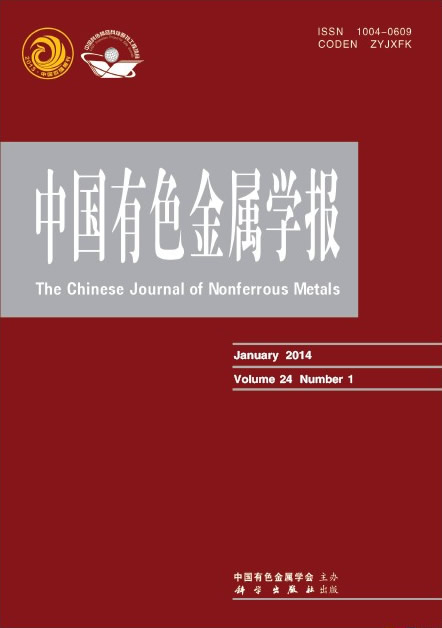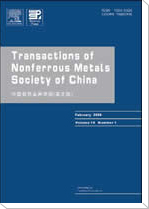(上海航天设备制造总厂有限公司,上海 200245)
摘 要: 锡基巴氏合金具有较低的摩擦因数、良好的耐磨性及抗胶合性,被广泛应用于航空、航天、船舶、起重机械等设备轴承零部件表面的耐磨材料。本研究中采用激光熔覆成形(LCD),在20钢基体上进行锡基巴氏合金熔覆,并采用光学显微镜(OM)、扫描电子显微镜(SEM)、X射线衍射仪(XRD)、能谱分析仪(EDS)对熔覆层和过渡层的微观组织、相组成和成分分布进行检测分析;采用万能拉伸试验机对不同厚度锡基巴氏合金/20钢间结合强度进行测试,并对断口形貌进行检测分析。结果表明:熔覆层微观组织中分布着较多块状析出物,合金层主要由SnSb、Cu6Sn5及锡基固溶体相组成;锡基巴氏合金/20钢中间界面层厚度约6 μm,两种合金间的结合强度随合金层厚度的增大而增大,锡基巴氏合金/20钢断口属于准解理断裂。
关键字: 激光熔覆成形;锡基巴氏合金;20钢;结合强度
(Shanghai Aerospace Equipment Manufacturer Co., Ltd., Shanghai 200245, China)
Abstract:Tin-based Babbitt alloy has a low coefficient of friction, good wear resistance and anti-adhesion, which is widely used in aerospace, shipbuilding, cranes and other equipment bearing parts surface wear-resistant materials. In this study, laser cladding deposition (LCD) was used to fabricate tin-based Babbitt alloy on a 20 steel substrate. Optical microscope (OM), scanning electron microscope (SEM), X-ray diffractometer (XRD) and energy dispersive spectrum (EDS) were used to test the microstructure, phase composition and composition distribution of the cladding layer and the transition layer. The universal tensile testing machine was used to test the bonding strength of the tin-based Babbitt/20 steel with different thicknesses. The fracture surface morphology was tested and analysed by SEM. The results show that there are many massive precipitates distributed in the microstructure of the cladding layer. The alloy layer is mainly composed of SnSb, Cu6Sn5 and tin-based solid solution phases. The thickness of interface of tin-base Babbitt/20 steel is about 6 μm, the bonding strength between the two alloys increases with the thickness of the alloy layer increasing, and the fracture of the tin-based Babbitt/20 steel belongs to the quasi-cleavage fracture.
Key words: laser cladding deposition; tin-based Babbitt alloy; 20 steel; bond strength


